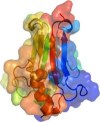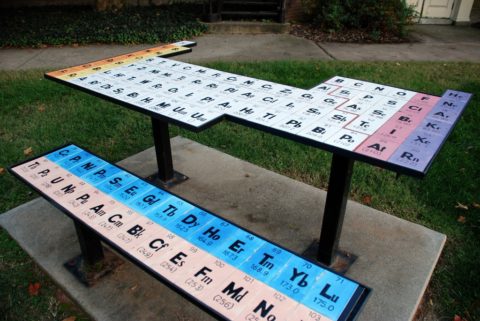
A criticism levelled at the Sciencebase blog recently was that the subject matter is too diverse (check out the category list in the menu, to see what they mean) and that I, as blogger-in-chief on this humble site, simply alight on a subject of interest, almost at random (a random list under the heading Posts from the Past can be found in the menu), and fire off a short item about said subject (take you pick). Another reviewer tells me, rather positively I think, that the site is like a one-man New Scientist, and yet another suggests that although some of the posts are a bit long, there are plenty of subjects I don’t cover that I really ought to, and sometimes, perish the thought, I get things inadvertently not quite right…or even wrong!
Well, as they say, you cannot please all of the people all of the time. However, I’ve been blogging, in one sense or another, on subjects that interest me for almost two decades for dozens of different publications who more often than not come back for more and tell me that their readers are very happy with the words I produce. If the subjects I choose to write about on Sciencebase, my personal blog, are not to everyone’s taste 100% of the time, then, I’m afraid that’s just the nature of blogging.
I read dozens and dozens of blogs, sometimes it seems like thousands, usually via RSS, on a daily basis. I have to admit that not all of those I subscribe to are fascinating, in-depth, and unique 100% of the time. But, they do provide me with insights and inspiration into a wide range of subjects much of the time. Occasionally, they make me as angry as a least one recent commentator feels about Sciencebase.
But, like I say, a blog is personal. I write it for me first off and hope that it entertains or informs others across the blogosphere. Some of the posts are flippant, shallow, puerile even, some are more profound, and some of them reflect additional thoughts and comments from the various scientists I interview for the other publications I write for and link to.
I presume that a few of the more than 2500 regular RSS subscribers served each day, the average 8000-plus daily visitors who kindly turn up at my virtual door, and the many uncounted readers who see syndicated versions of this site on Techdispenser.com and elsewhere, actually quite like my seemingly random choice of subjects, appreciate my efforts at a unique and honest writing style, and find my alleged attempts at a one-man science portal to be, to some degree, informative, useful, and fun. If that sounds pretentious, then be thankful I didn’t use the words stakeholder, leverage, or incentivize.



 Maybe I shouldn’t tell you this online, and my son will be more than a little miffed, if he reads this, but he recently had a trip to the orthodontist and is now the proud owner of an upper teeth realignment device, a brace, as we used to know them in the good, old days. So why am I telling you this?
Maybe I shouldn’t tell you this online, and my son will be more than a little miffed, if he reads this, but he recently had a trip to the orthodontist and is now the proud owner of an upper teeth realignment device, a brace, as we used to know them in the good, old days. So why am I telling you this?


